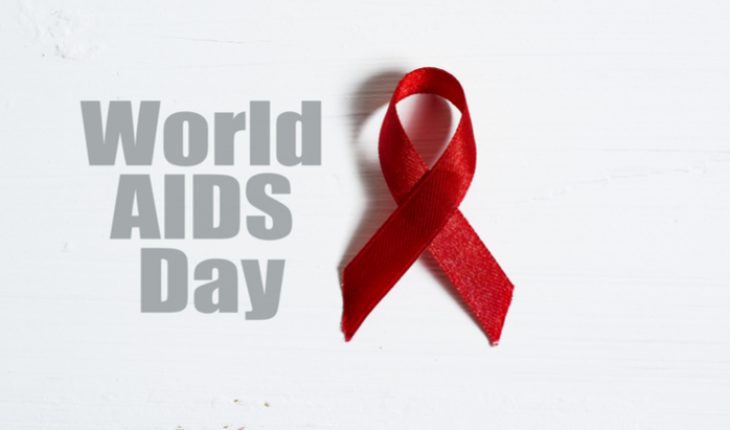Today, on World AIDS Day, Dr Huda Taha, consultant HIV physician and member of the RSM’s Sexuality and Sexual Health Council, discusses the global picture of HIV infection.
Approximately 36.7 million people live with HIV. People accessing antiretroviral therapy (ARV) has increased abruptly from 7.5 million (2010) to 17.0 million (2015). HIV treatment prevented an estimated 7.8 million people from dying globally between 2000 and 2014. Effective ARV has led to sustained HIV virological control and immunological recovery in patients who have been infected with the virus. In the Western world, with the availability of high standards of clinical care that are available for people with HIV and the access to appropriate ARV,the incidence of AIDS has declined. Based on mortality data from the UK Collaborative HIV Cohort study, today life expectancy of people on ARV with a CD4 count over 350 cells/mm3 is close to the national average.
However, this is far away from the picture in sub-Saharan Africa which is hit worse by the HIV epidemic, with nearly 1 in every 25 adults (4.2%) living with HIV and accounting for nearly two-thirds of the people living with HIV worldwide.
However, this is far away from the picture in sub-Saharan Africa which is hit worse by the HIV epidemic, with nearly 1 in every 25 adults (4.2%) living with HIV and accounting for nearly two-thirds of the people living with HIV worldwide.
In sub-Saharan Africa around 25.5 million people living with HIV in 2015, representing 69.5% of the world’s HIV infected population. A young woman is newly infected with HIV every minute. Vertical transmission is important, due to large number of young infected women, high birth rate, and breast feeding. Nearly 90% of the world’s children living with HIV found in sub-Saharan Africa 21.2 million people eligible for ART in Africa in December 2013, under the 2013 WHO guidelines. Unprotected heterosexual sex is the main route of transmission.
More than half of all Commercial sex work (CSW) is living with HIV; poverty is a key cause to commercial sex. CSW is often illegal and presents an enormous barrier to access HIV testing. Stigma, discrimination and ingrained cultural, structural and legal obstacles continue to undermine prevention strategies and deter service scale-up in African countries. 14 000 people in Sub-Saharan Africa are being infected daily with HIV and 11 000 are dying every day due to HIV/AIDS related illnesses. Until we all realise HIV is a common enemy that attacks developed and developing nations, every 15 seconds an African child loses a parent to AIDS. The health system is still fragile and has limited access to HIV specific tests so virological control remains poor. UNAIDS estimates that less than one in four people living with HIV have achieved viral suppression in African countries.
Despite more than half of people infected with HIV worldwide are on therapy and the better access to ARV drugs in sub-Saharan Africa, far too many people are developing AIDS and dying due to opportunistic infections, drug resistance, interrupted treatment and late diagnoses coupled with a fragile health system, therefore, the chapter of AIDS in Africa is far from complete.
Despite more than half of people infected with HIV worldwide are on therapy and the better access to ARV drugs in sub-Saharan Africa, far too many people are developing AIDS and dying due to opportunistic infections, drug resistance, interrupted treatment and late diagnoses coupled with a fragile health system, therefore, the chapter of AIDS in Africa is far from complete.
The worst is still not over and the current epidemic will affect a whole future generation.
This generation long battle needs consistent access to ARV lifetime for tens of millions of people who need it, only than we will be able to end the AIDS epidemic. UNAIDS says “Ending AIDS is more than a historic obligation to the 39 million people who have died of AIDS related illnesses” Until poverty is alleviated, addressing social issues and stigma there will be little progress toward controlling the epidemic. When global economical, physical, social and health actions are united and received maximal attention along with global solidarity, scientific evidence and collaborative work, only then we will be able reverse pandemic. Fighting this epidemic will inspire global efforts, representing what can be achieved through. Although many strategies will be needed to close the book on the AIDS epidemic, it will be impossible to without bringing HIV treatment to people who need it wherever they are.
- Dr Huda Taha: the end of HIV debate - 16th May 2018
- World AIDS Day – a global view of HIV infection - 1st December 2017






